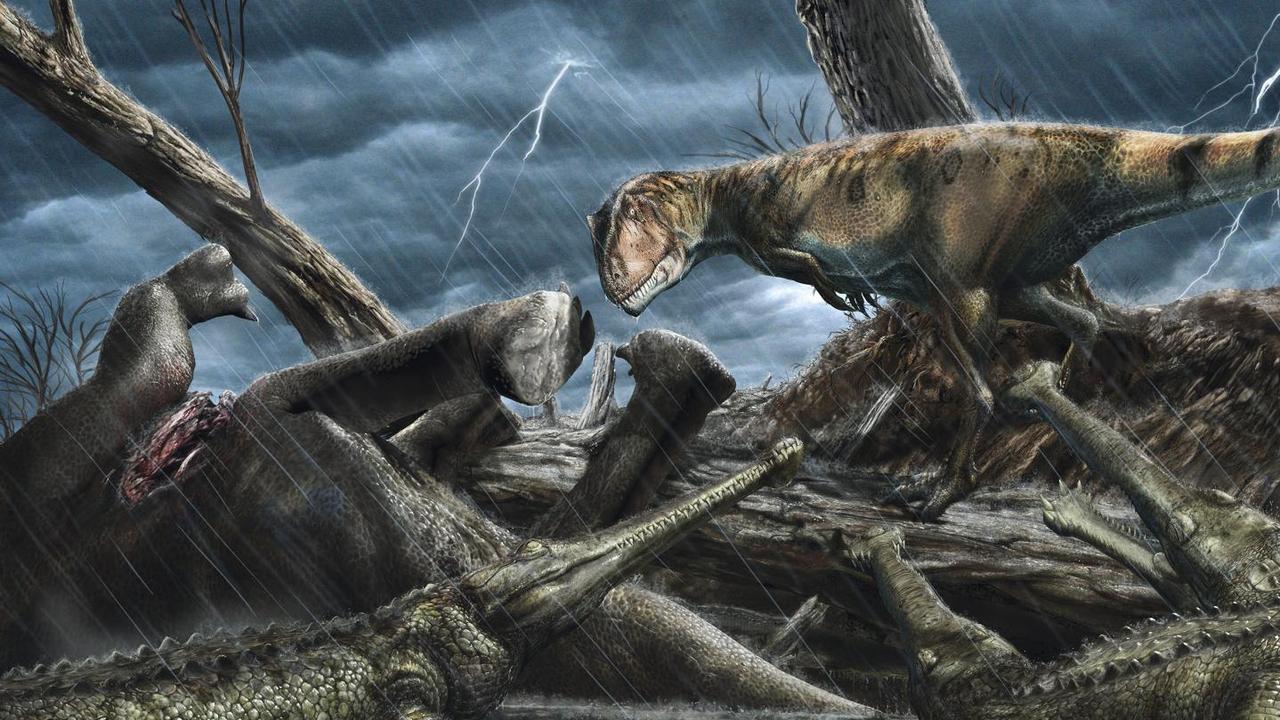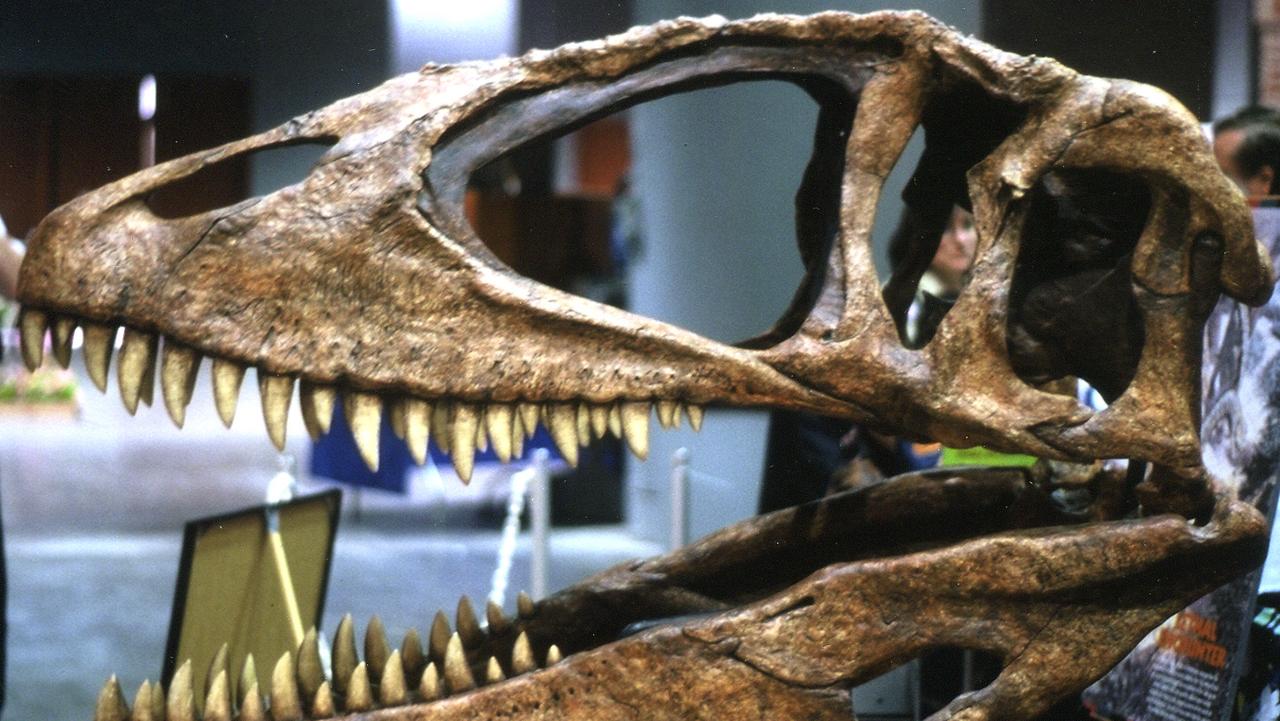Fossils reveal Sahara Desert was ‘most dangerous’ place in Earth’s history
Fresh research of ancient fossils has some scientists convinced they’ve found the exact era and place you definitely don’t want to time travel to.
Africa’s Sahara desert isn’t home to too many animals anymore, but the place was once home to an ecosystem featuring some of the most dangerous animals in history according to a new paper.
A review of fossils found in an area of the north Western Sahara known as the Kem Kem beds paints a picture of a vibrant ecosystem featuring aquatic animals as well as predatory dinosaurs.
The Kem Kem beds are located near the border of Algeria and Morocco.
According to the authors of the paper, published in the journal ZooKeys, there’s no modern equivalent to the old Sahara, which more closely resembled a rainforest than a desert.
“No comparable modern terrestrial ecosystem exists with similar bias toward large-bodied carnivores. The Kem Kem vertebrate assemblage … captures the taxonomic diversity of a widespread northern African fauna better than any other contemporary assemblage from elsewhere in Africa,” the researchers said.
RELATED: Code kept in vault for 1000 years

Fossils from the Kem Kem beds are held in collections and museums around the world, but the area still contains many more, and they’re easier to find because they are “better exposed and often more accessible than comparable strata in most other northern African locations”, according to the authors.
Some of the fossils analysed in the paper date back around 100 million years, and while humans would have never come in contact with them, it’s unlikely they’d have wanted to either.
This was arguably the most dangerous place in the history of planet Earth, a place where a human time-traveller would not last very long,” Assistant Professor of Biology at the University of Detroit Mercy and lead author of the paper Dr Nizar Ibrahim said.
Dr Ibrahim began visiting Kem Kem collections around the world, and much of the work in the recent paper was originally part of his PhD thesis.
RELATED: New meat-eating dinosaur discovered

RELATED: ‘Indestructible’ Macca’s burger won’t die
Among the fossils in the Kem Kem group are dinosaurs including theropods, as well as pterosaurs, crocodyliforms and several different aquatic species.
“This place was filled with absolutely enormous fish, including giant coelacanths and lungfish,” University of Portsmouth Professor David Martill said.
He said some of the fossils are “probably four or even five times larger” than their modern descendants.
“There is an enormous freshwater saw shark called onchopristis with the most fearsome of rostral teeth – they are like barbed daggers, but beautifully shiny,” Prof Martill said.
He added the latest paper was the most comprehensive look at Sahara fossils since 1936.
The paper was the result of collaboration between palaeontologists and other researchers at institutions around the world, including universities in Detroit, Portsmouth, Chicago, Montana, Leicester, Casablanca and Montreal, as well as the Paris Museum of Natural History.



